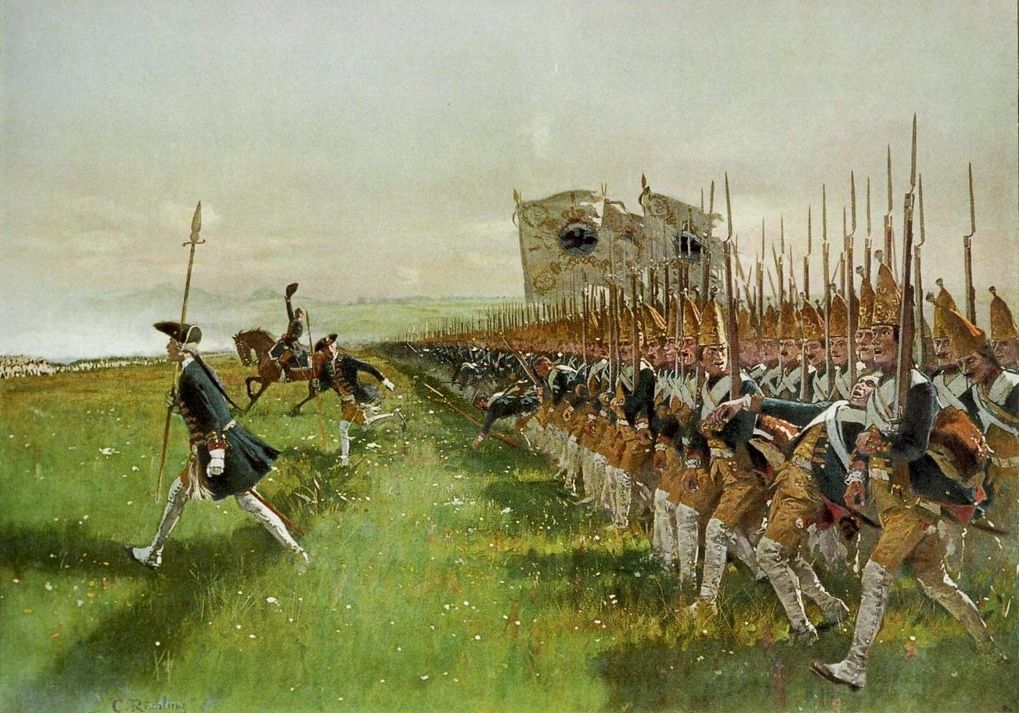What is a Musket?
The musket is an iconic firearm that left its mark on military history between the 16th and 19th centuries. Recognized for its muzzle-loading technique, the musket served as an evolution of the more primitive arquebus. This advancement allowed for greater effectiveness and precision in the confrontations of the time, as well as a considerable influence on the military strategy of major powers. Below, we will explore in detail its origins, the firing technologies it implemented, its distinctive characteristics, and its crucial role in the conflicts of those times.

Origins and Development
The musket originated as an innovation over the arquebus, offering significant improvements that altered the course of armed confrontations. The first musket designs were developed in Dresden, Germany, introducing a new method for igniting the fuse using a flint against a rough steel surface. This technique allowed the weapon to be fired more easily and reliably. As the musket was refined, new technologies were incorporated to enhance its effectiveness and safety.
Firing Technologies
The development of the musket included various firing technologies, each building on the achievements of its predecessor:
- Matchlock: The most rudimentary system, involved manually igniting a fuse before bringing it close to the gunpowder.
- Wheel Lock: Introduced in 1515 in Germany, it replaced the fuse with a gear mechanism that generated sparks using a flint.
- Flintlock: A flint struck against a piece of steel to create the sparks necessary to ignite the gunpowder.
- Percussion Cap: This modern technology used an explosive cap to fire, although it was not commonly adopted in muskets.

Characteristics and Use
The musket was characterized by being a weapon of considerable size and weight, often requiring the support of a fork for effective aiming. Its barrel could reach up to one and a half meters in length, firing heavier bullets than those of the arquebus, which increased its stopping power. In combat, musketeers were organized into tactically innovative formations, firing in volleys to maintain continuous fire.
Impact on War
During the 17th and 18th centuries, the impact of the musket on warfare was significant. Formations of musketeers protected by pikemen formed an almost insurmountable barrier against enemy cavalry units. Infantry soldiers armed with muskets could fire in a coordinated manner, annihilating cavalry with devastating effectiveness. This tactical system became an essential part of military operations of the time.
In conclusion, the musket was not only a technological evolution in infantry weaponry but also a driving force in the tactical developments of modern warfare. Its legacy is palpable in the military strategies that continued to evolve over the centuries.




























